Depressor labii inferioris Muscle
Introduction
The depressor labii inferioris is a facial muscle that permits you to pull your lower lip down or to the side. While this muscle has very limited action on its own, it plays an important role in the complex structure of facial muscles that allow us to make such detailed and specific facial expressions.
Depressor labii inferioris is a paired facial muscle located in the chin parts of the face. Due to its quadrangular shape, it is also named quadratus labii inferioris. It belongs to a wide group of muscles of facial expression, called the buccolabial group. Besides the depressor labii inferioris muscle, other members of this group are levator labii superioris alaeque nasi, zygomaticus major, levator labii superioris, zygomaticus minor, levator anguli oris, risorius, depressor anguli oris, mentalis, orbicularis oris, incisivus superior and inferior, and also buccinator muscles.
The function of this muscle group is to maintain the position, shape, and movements of the lips. The contribution of depressor labii inferioris is specified to the lower lip, where it depresses the lower lip inferolateral.
Origin of Depressor labii inferioris
Depressor labii inferioris muscle originates from the oblique line of the mandible, between the symphysis menti and mental foramen.
Insertion
From here, the muscles course superomedially, inserting into the skin and submucosa of the lower lip. The mandibular end of depressor labii inferioris is continuous with platysma, while the labial attachment connects with its counterpart and inferior fibers of the orbicularis oris muscle.
The inferolateral part of the depressor labii inferioris lies deep into the depressor anguli oris muscle, while its superolateral portion somewhat covers the mentalis muscle. Marginal mandibular branches of the facial nerve run deep into the muscle, which is important to be knowledgeable of when conducting surgical procedures involving the face. Knowing this fact, surgeons make incisions around 1.5 centimeters inferior to the mandibular border to avoid cutting the nerve.
Nerve supply
Depressor labii inferioris muscle is innervated by the nerve of the mandibular branch of the facial nerve (CN VII).
Blood supply
Vascular supply to depressor labii inferioris arrives from the inferior labial branch of the facial artery and the mental branch of the maxillary artery.
Function of Depressor labii inferioris
The depressor labii inferioris muscle permits to depress and everts the lower lip. It is the most significant of the muscles of the lower lip for this function. It is an antagonist muscle of the orbicularis oris muscle. It is needed to reveal the mandibular (lower) teeth.
Together with the labial part of the platysma, the depressor labii inferioris muscle is a direct tractor of the lower lip, indicating that it inserts too, and works directly upon, the lip without an intermediary. When contracting, these muscles pull the lower lip inferomedially. This movement assists in producing facial expressions associated with sadness, doubt, and melancholy.

Clinical significance
The depressor labii inferioris is supplied with nerves from the cranial nerve numeral 7, also known as the facial nerve. Like the other facial muscles, it can be involved in many causes of facial nerve paralysis, including:
Bell’s Palsy. This is also the most common cause of facial paralysis. It is a diagnosis of exclusion, which indicates that your doctor will diagnose this when there are no other evident causes of facial paralysis. Symptoms of Bell’s Palsy include Sudden onset of facial paralysis; Paralysis on one side of the face; Ear pain-related. Most people fully recuperate from Bell’s Palsy. Bell’s Palsy often appears in connection with other conditions, such as diabetes or pregnancy.
Moebius Syndrome. This is a rare form of facial paralysis that also involves the nerve that regulates the sideways motion of the eyes. Moebius Syndrome can also involve other nerves. There may be abnormalities in the extremities, chest muscles, eyes, ears, and lips. The cause of Moebius Syndrome is not understood.
Surgery During surgery or/and medical procedures, facial paralysis may be caused accidentally. Facial paralysis may be part of the process if the facial nerves have to be removed. It can be caused by: Dental procedures; Cosmetic surgeries such as facelifts; Facial nerve blocks; Parotid surgery; Mastoid surgery; Skull base surgery; Periodically facial paralysis after surgery is temporary and will go away over several months. If a nerve has been cut, it will be essential to reconstruct the nerve.
Trauma within the skull. The facial nerve drives through the temporal bone, which is situated at the sides and base of the skull. Any trauma that causes a fracture of these bones can induce facial paralysis. This is even often seen in motor vehicle accidents and blast injuries. When paralysis happens immediately after the accident, surgery may be needed.
If the paralysis progresses slowly, monitoring it may be the best option.Facial trauma. This type of trauma is usually the impact of a penetrating injury, such as from a knife. The treatment for it will depend on the place of the injury. If it is in the center of the face, it may heal without surgery. If the injury is on the side of the face, it may need surgery to repair the nerve damage. Facial paralysis happens in about 11% of Lyme Disease cases. In approximately 30% of those cases, the paralysis is on both sides of the face.
Treatment
Exercise of Depressor labii inferioris
This easy pout exercise targets the depressor labii inferioris and mentalis muscles which assist with the downward movement and also protrusion of the lower lip. Make a pouting face to pull your lower lip out and downwards. Maintain this position for five to ten seconds, then relax and repeat. Perform ten repetitions of this exercise at a period for optimal results.
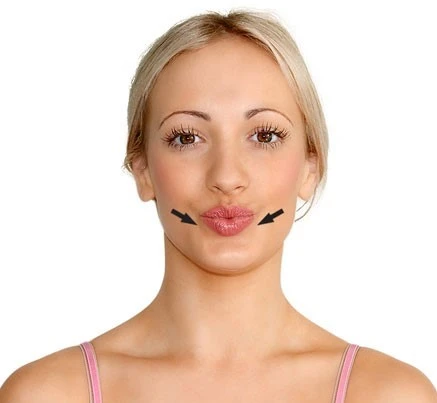
The depressor labii inferioris muscle may be resected (cut and removed) using surgery to repair an asymmetry of the lower lip when smiling. This asymmetry can be caused by the paralysis of the marginal mandibular branches of the facial nerve on one side, so the healthy side may be cut to assemble symmetry. Local anesthesia may be used, such as by intercepting the mental nerve. This operation tends to be successful.
FAQ
What does the depressor Labii Inferioris muscle do?
The function of the muscles in the buccolabial group is to maintain the lips, including their shape, position, and movement. The depressor labii inferioris muscle functions within that group to draw the lower lip down and forward when it contracts.
What muscle depresses the lower lip?
The depressor labii inferioris muscle allows it to depress and everts the lower lip. It is the most significant of the muscles of the lower lip for this function. It is an antagonist muscle of the orbicularis oris muscle.
What is the movement of the depressor labii inferioris Quizlet?
The depressor labii inferioris (or quadratus labii inferioris) is a facial muscle that allows lower the bottom lip. This muscle originates from the oblique line of the mandible, and inserts on the skin of the lower lip, combining it with the orbicularis oris muscle.
How do you relax the depressor labii inferioris?
Make a pouting face to pull your lower lip out and downwards. Maintain this position for five to ten seconds, then relax. Perform ten repetitions of this movement at a time for optimal results.
Why is it called depressor labii inferioris?
Depressor labii inferioris is a paired facial muscle located in the chin province of the face. Due to its quadrangular form, it is also called quadratus labii inferioris.

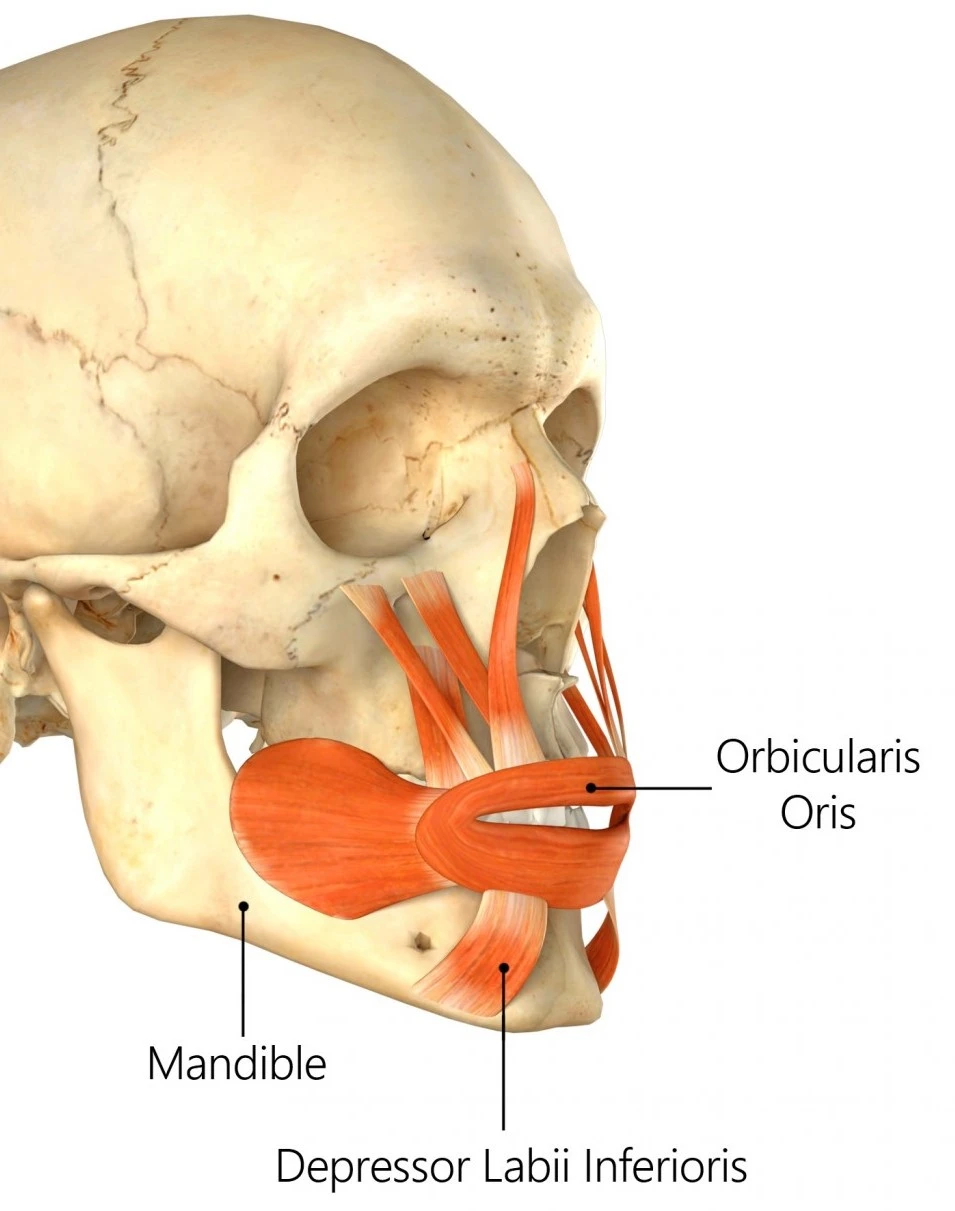


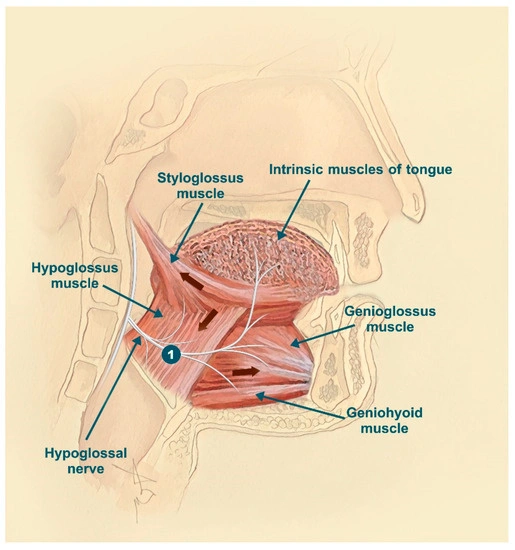
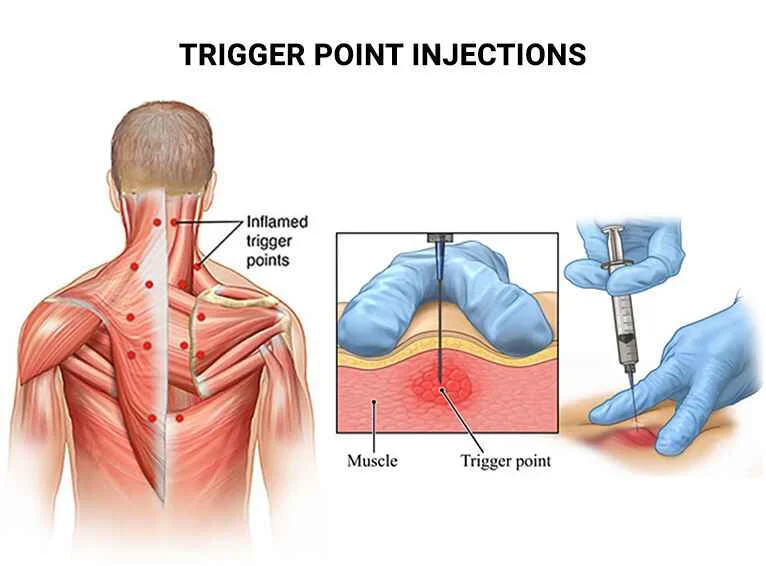

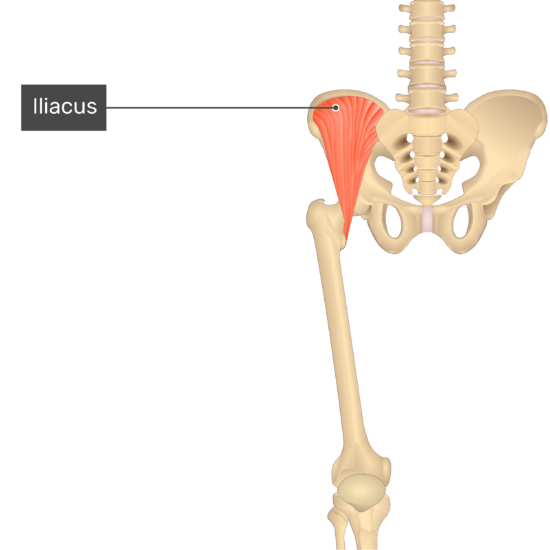
One Comment